Failure to plug into new power sources
 New energy sources, including wind power, are expected to help meet the growing demand. Dinh The Phuc, deputy chief of the Ministry of Industry and Trade’s Electricity Regulatory Authority, puts wind power in perspective.
New energy sources, including wind power, are expected to help meet the growing demand. Dinh The Phuc, deputy chief of the Ministry of Industry and Trade’s Electricity Regulatory Authority, puts wind power in perspective.
Scientists put Vietnam’s wind power potential at 513,360 megawatts (MW), more than 200-fold over current Son La plant capacity. But the upfront costs of wind power are said to have discouraged investment. Is this the case?
Wind power investment still remains costly. Hence, to inspire investors coming onboard, the prime minister enacted the Decision 37/2011/QD-TTg presenting policies to support wind power projects in Vietnam. Accordingly, the buyer (Electricity of Vietnam-EVN or authorised units) has to purchase entire power volumes at [wind power] projects at VND1,614 per kWh (7.8UScents/kWh) not including value added tax (VAT) which is higher than current average power price VND1,437 per kWh during 20 years.
The seller may extend contract validity or sign new contracts with the buyer. The state will subsidise EVN ưith 1UScent per kWh for entire power volumes bought from wind farms via the Vietnam Environmental Protection Fund.
So setting suitable price rates between the buyer EVN and wind farms’ developers is important to promote wind power development. What other factors figure into the process?
Wind power projects need to enjoy other incentives such as concessionary credit policies, tax breaks towards products imported to constitute investment projects’ fixed assets as well as imported materials and semi-processed items which cannot be produced domestically. The tax rates and policies on corporate income tax (CIT) reduction/exemption towards wind power projects shall be like those applied to projects in top priority investment areas.
Besides, wind power projects, power transmission lines and transformer stations connected to national power system shall benefit from land rental reductions as those applied to projects categorised in top priority investment areas.
The Ministry of Finance is revising the laws on CIT and VAT. Should we add particular regulations on wind power investment incentives to these laws?
To awake the country’s wind power potential targeting socio-economic development in the new period it is important to confer top CIT incentives and apply zero per cent VAT on such projects.
What is the prospect for wind power in Vietnam if these incentives are all green-lighted?
With alluring incentives we could drive up the power rate coming from renewable energy sources from 3.5 per cent of total power production in 2010 to 4.5 per cent in 2020, surging to 6 per cent by 2030.
Current insignificant wind power capacity would escalate to around 1,000MW by 2020 and 6,200MW by 2030.
What the stars mean:
★ Poor ★ ★ Promising ★★★ Good ★★★★ Very good ★★★★★ Exceptional
Related Contents
Latest News
More News
- Home firms make M&A presence felt (November 27, 2024 | 09:33)
- Thailand's BCPG invests $130 million in Gia Lai wind power plants (November 26, 2024 | 15:08)
- The 16th Vietnam M&A Forum: A Blossoming Market (November 26, 2024 | 13:53)
- Posco interested in $2.2 billion Quynh Lap LNG thermal power plant (November 26, 2024 | 13:50)
- $1.4 billion Nhon Trach 3 and 4 to operate in 2025 (November 26, 2024 | 13:37)
- Hung Yen focused on attracting high-tech FDI (November 26, 2024 | 13:20)
- Foreign investors flock to invest in southern provinces and cities (November 26, 2024 | 10:00)
- Trump may mean challenges for Vietnam but FDI remains strong (November 26, 2024 | 08:30)
- HCM City set to welcome fresh wave of US investment (November 26, 2024 | 08:00)
- Dynamic M&A landscape felt in food and beverages (November 25, 2024 | 16:21)

 Tag:
Tag:
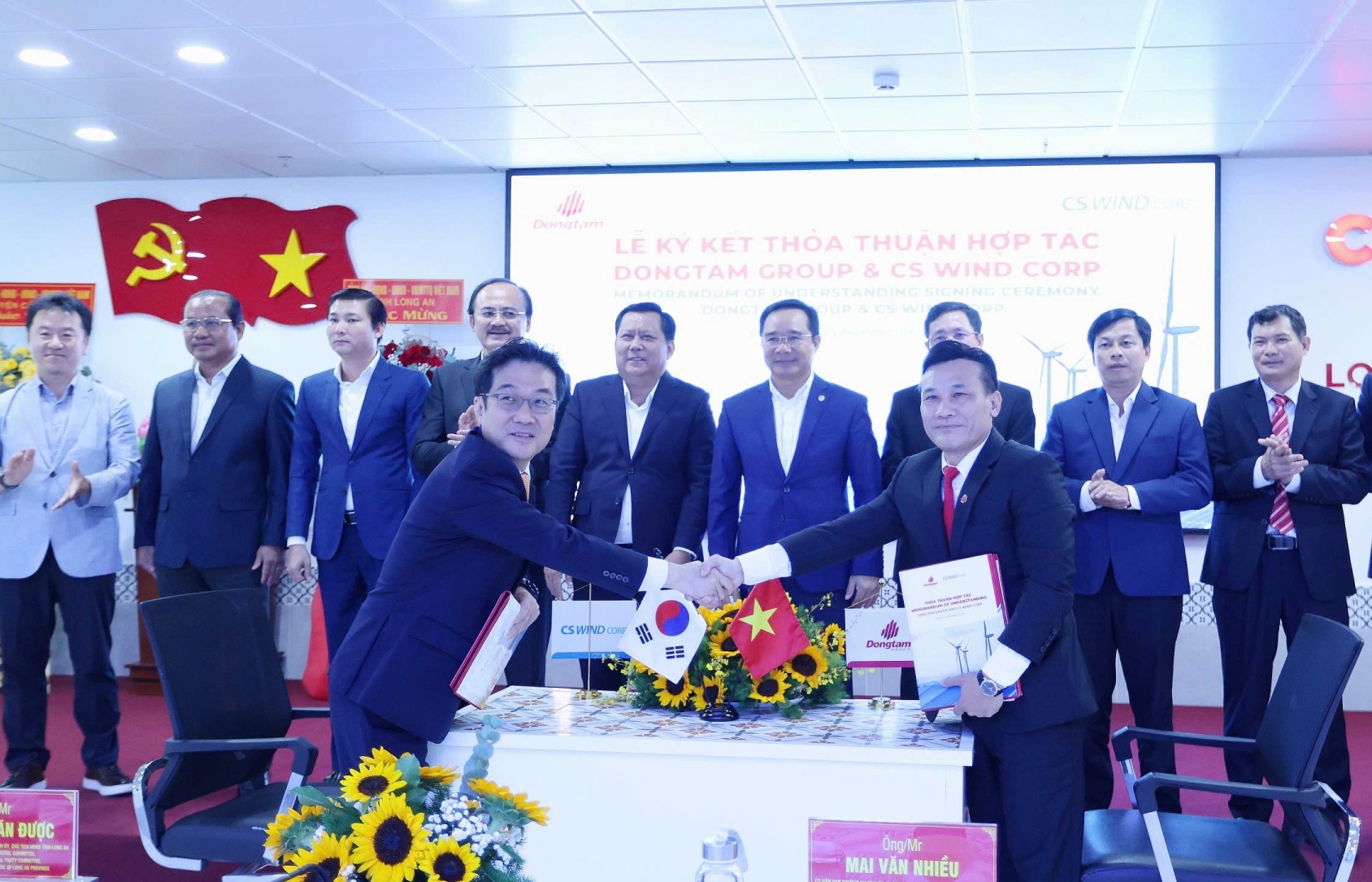
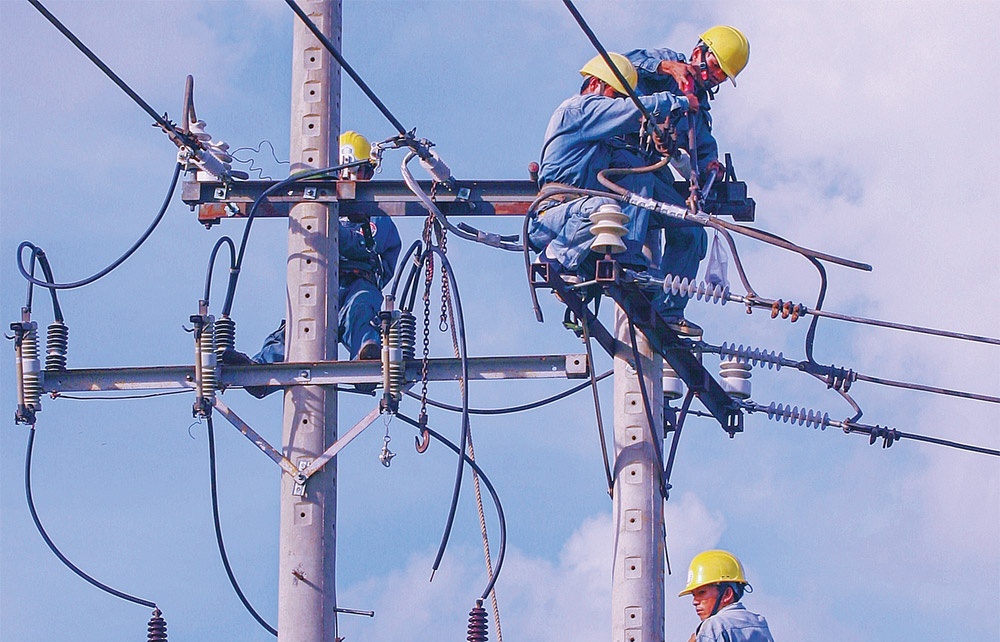

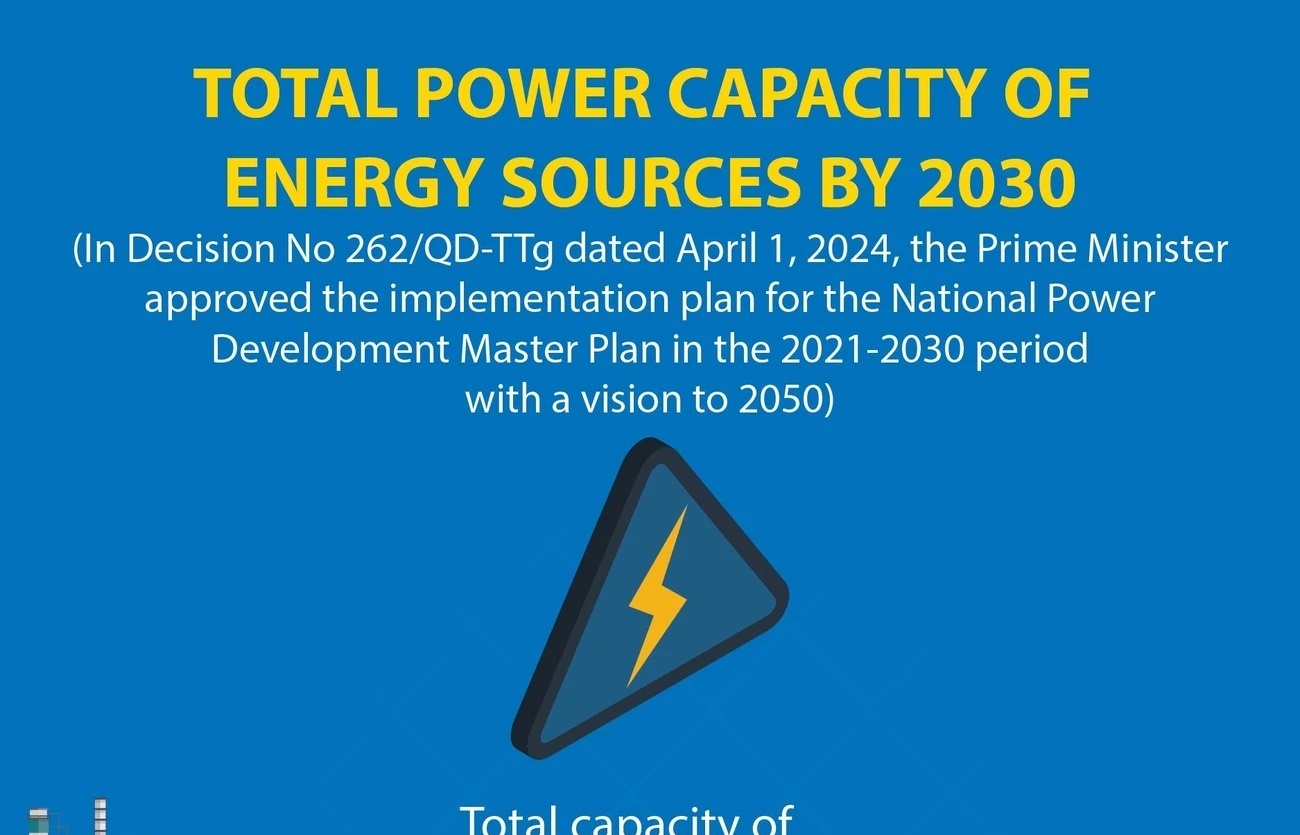
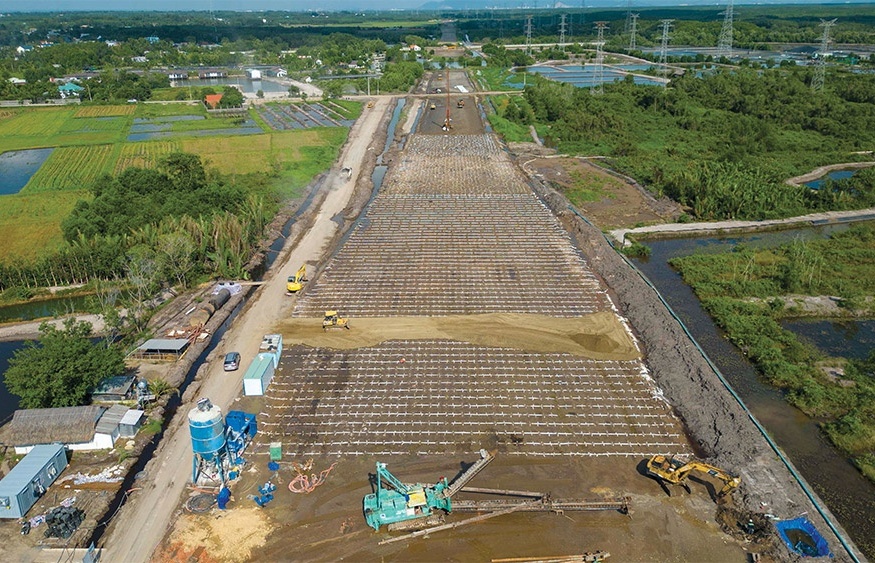


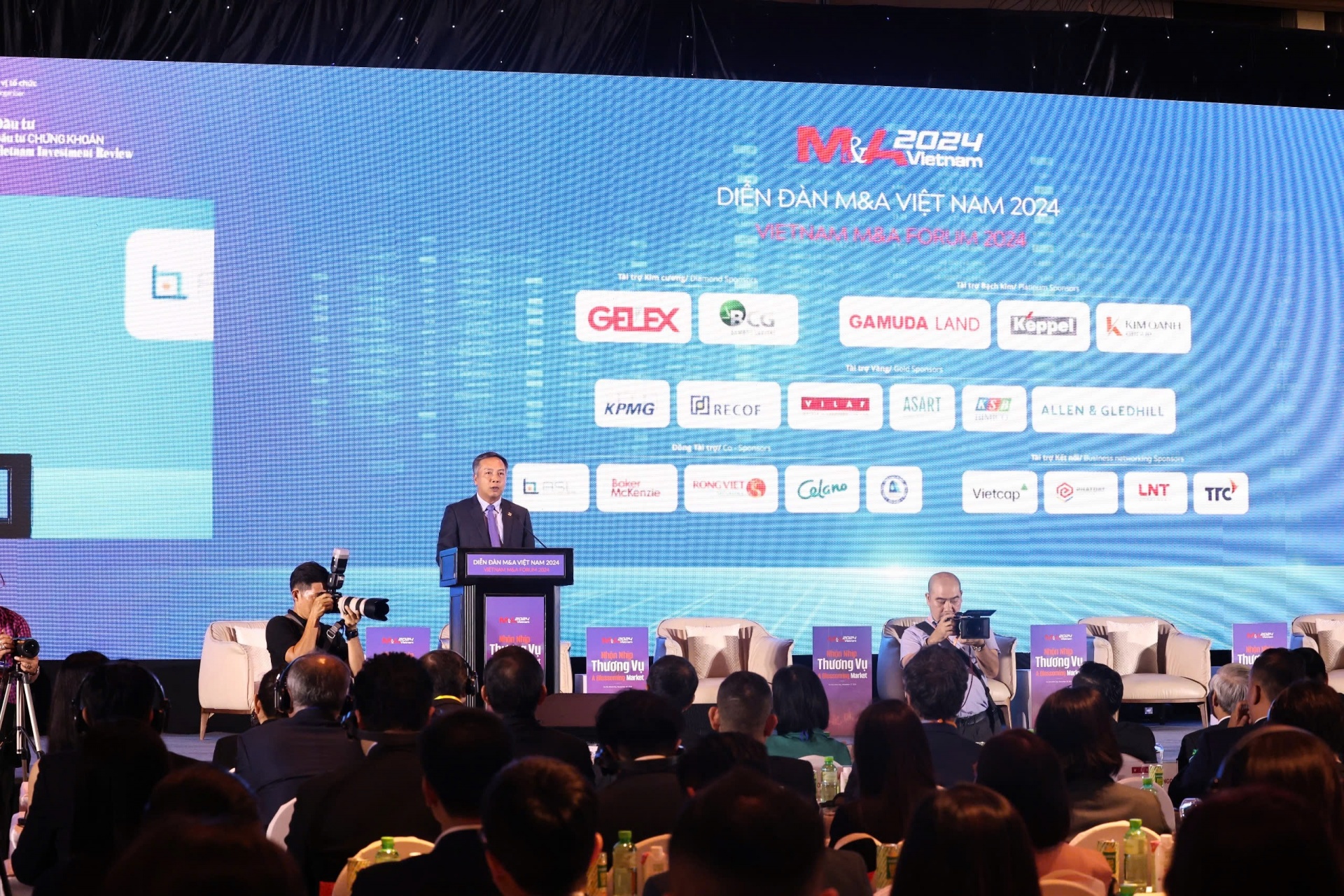
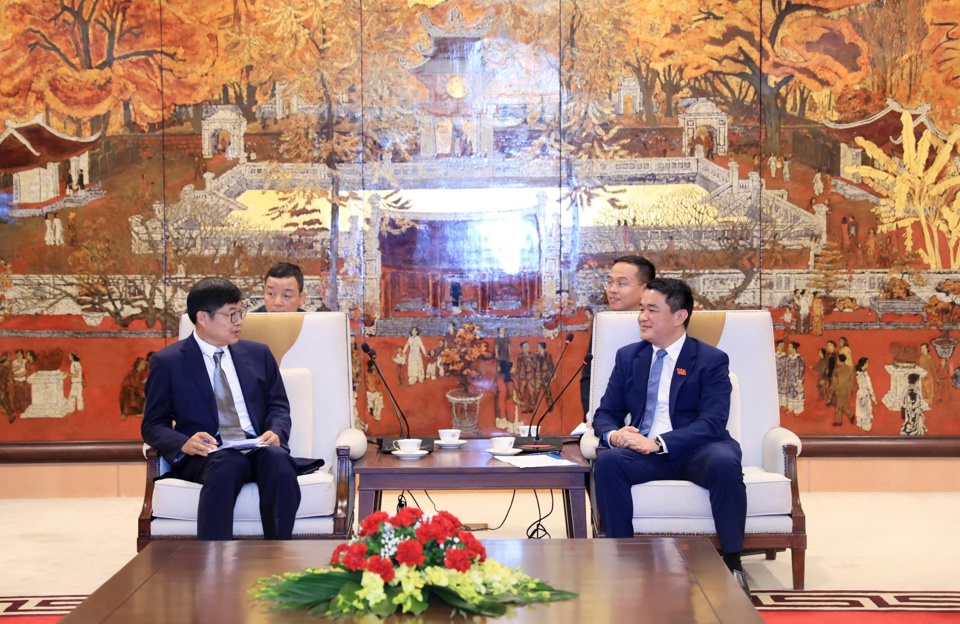





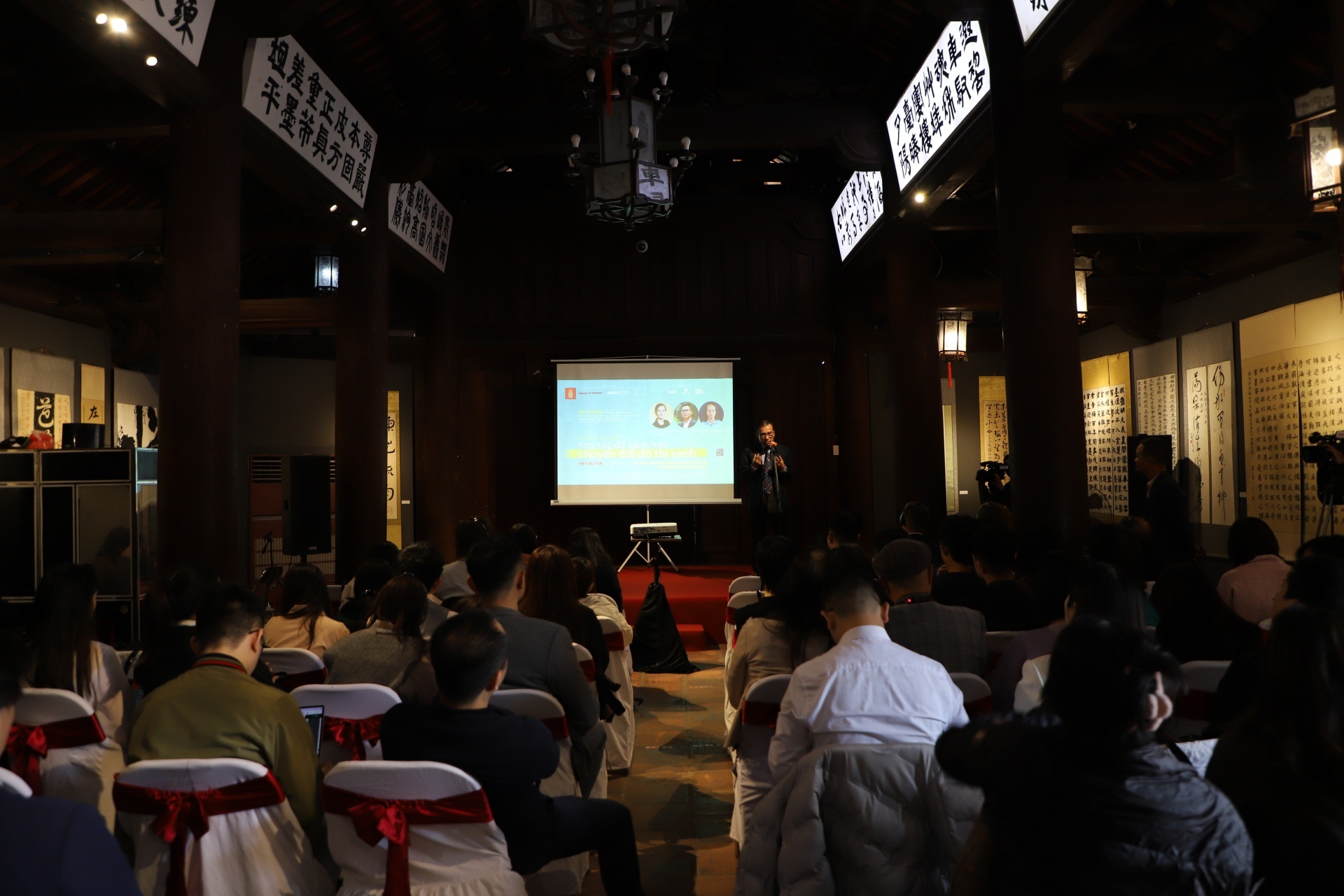
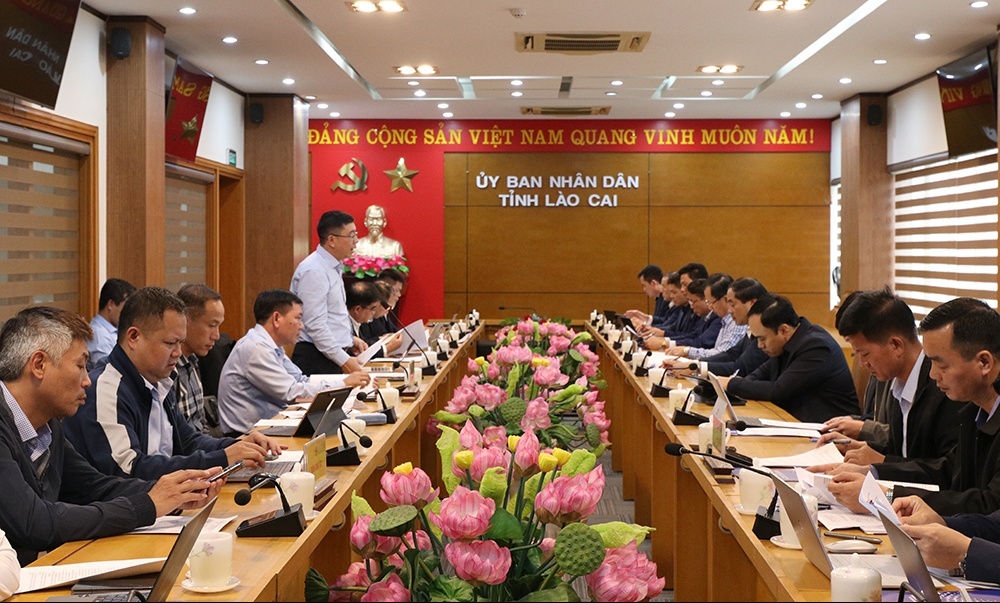





 Mobile Version
Mobile Version